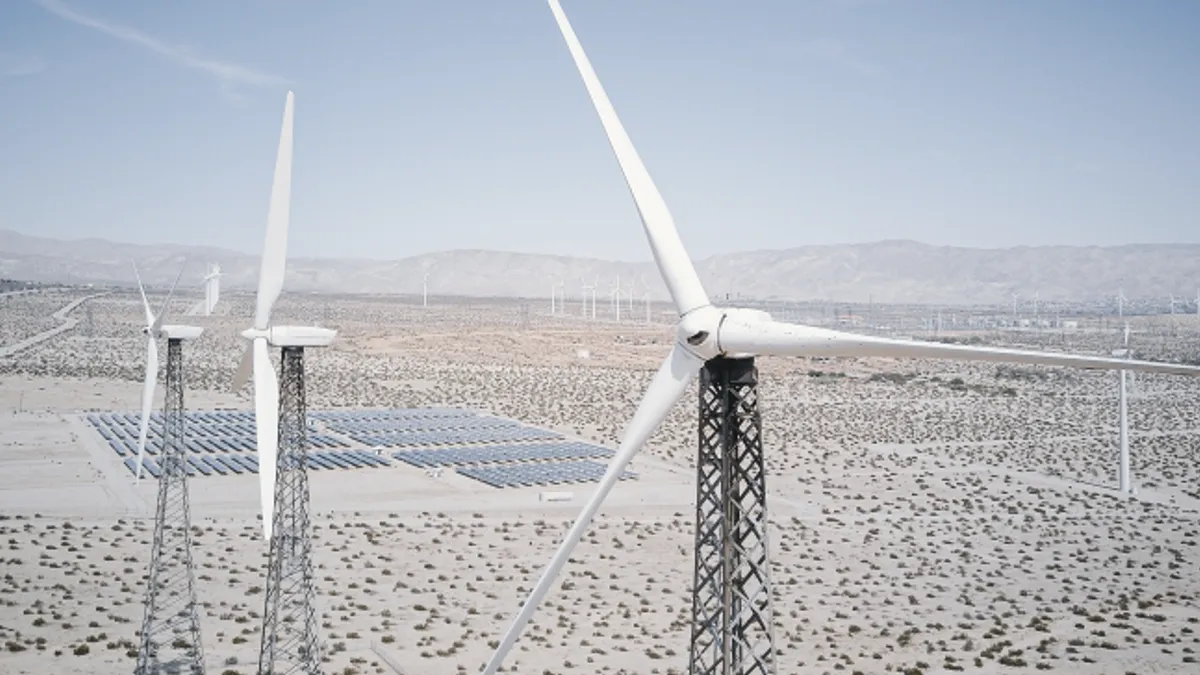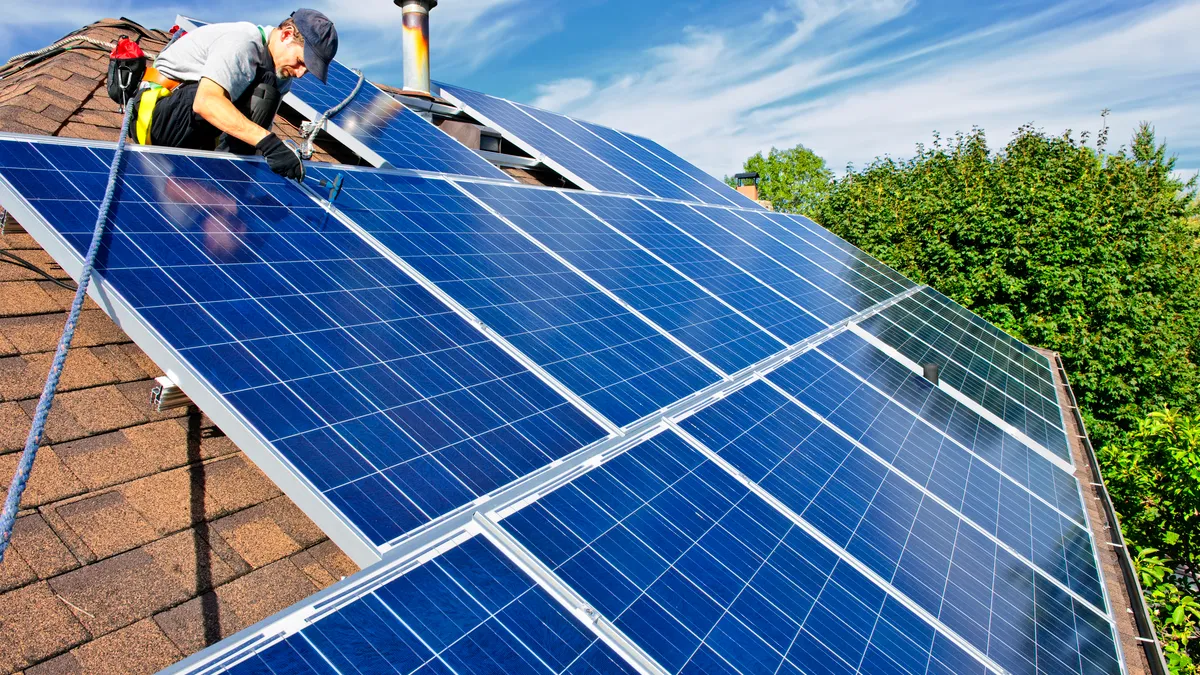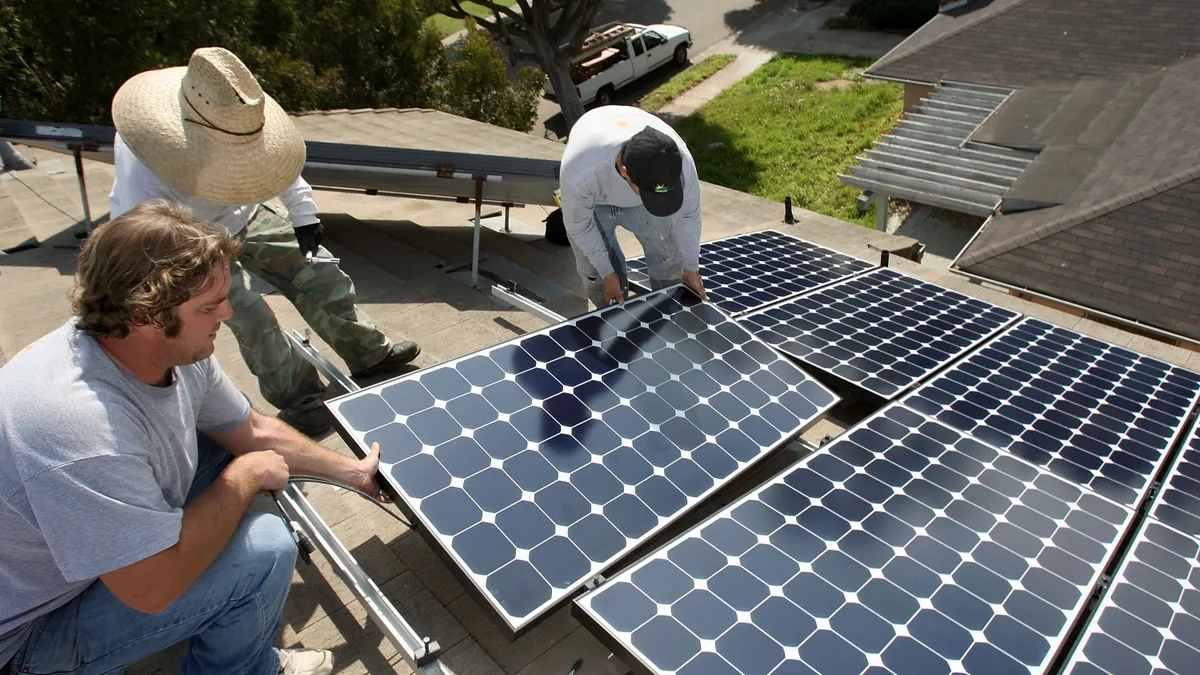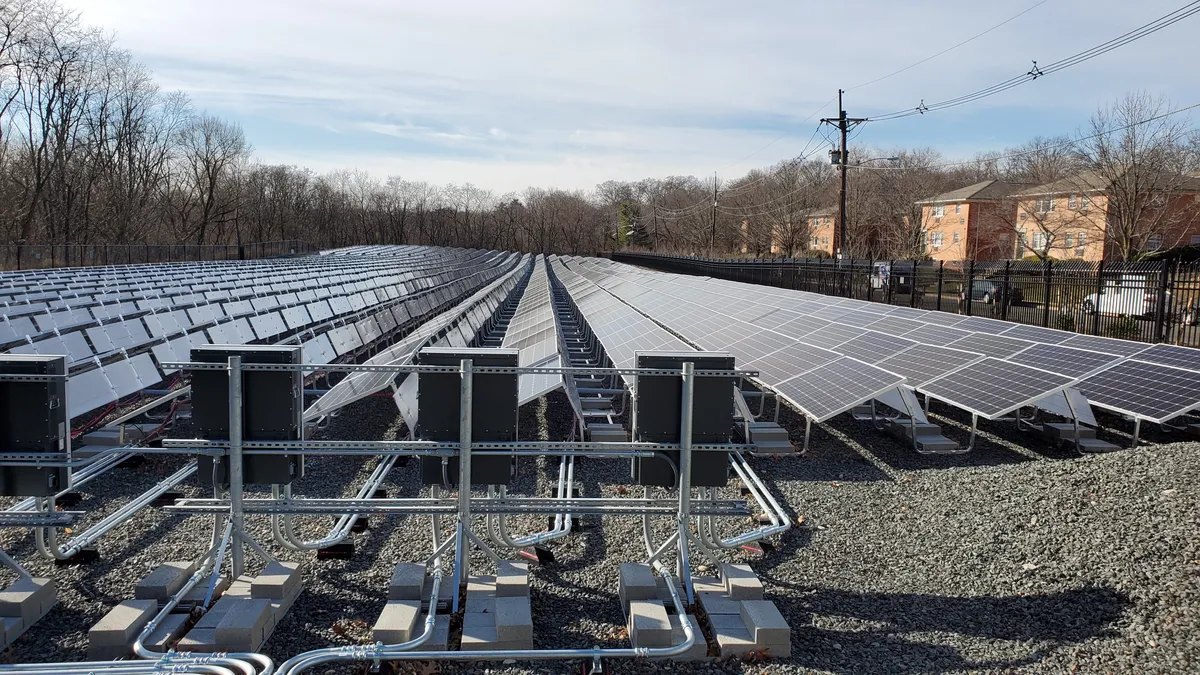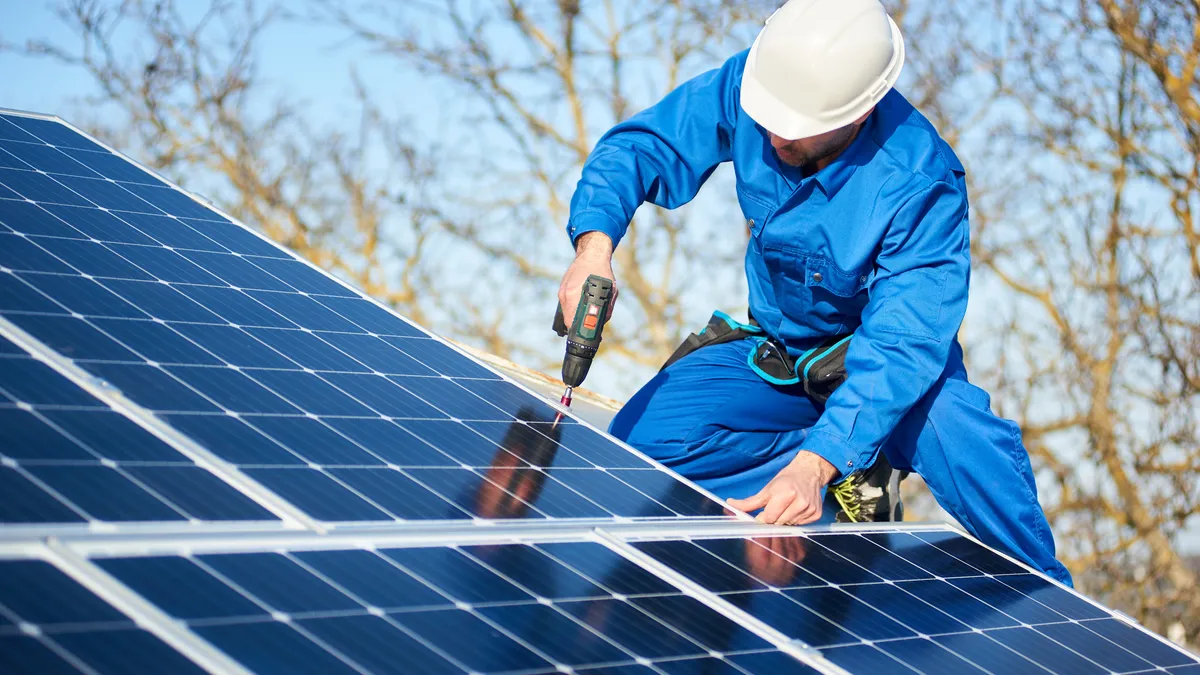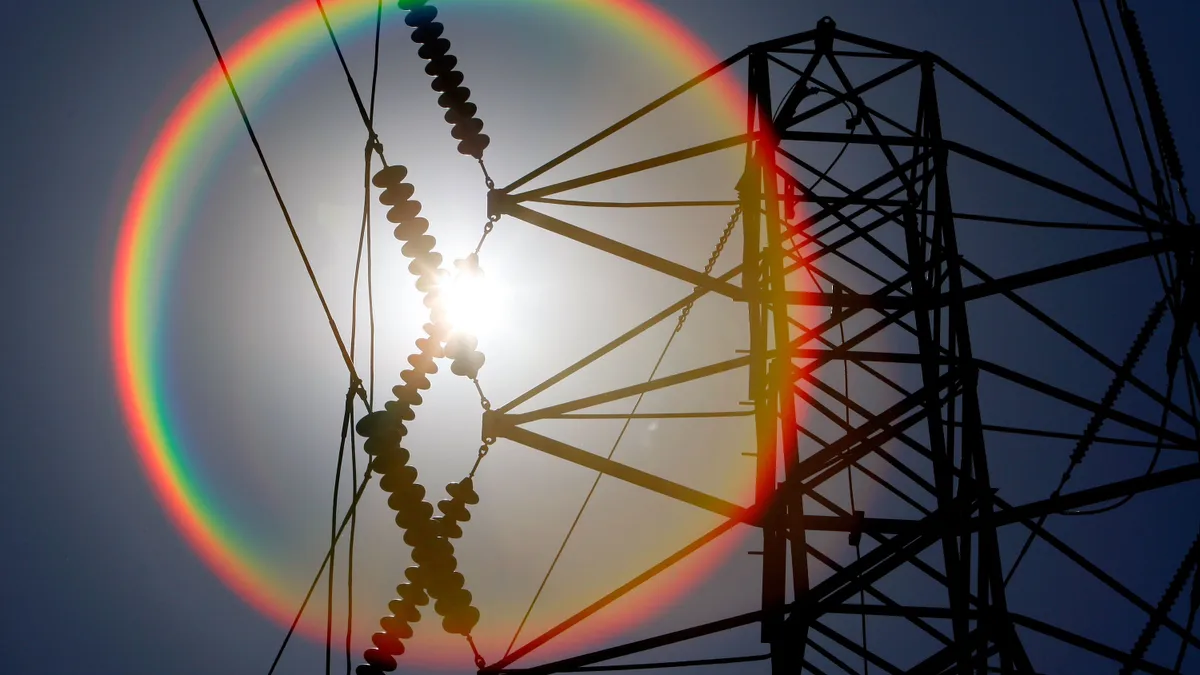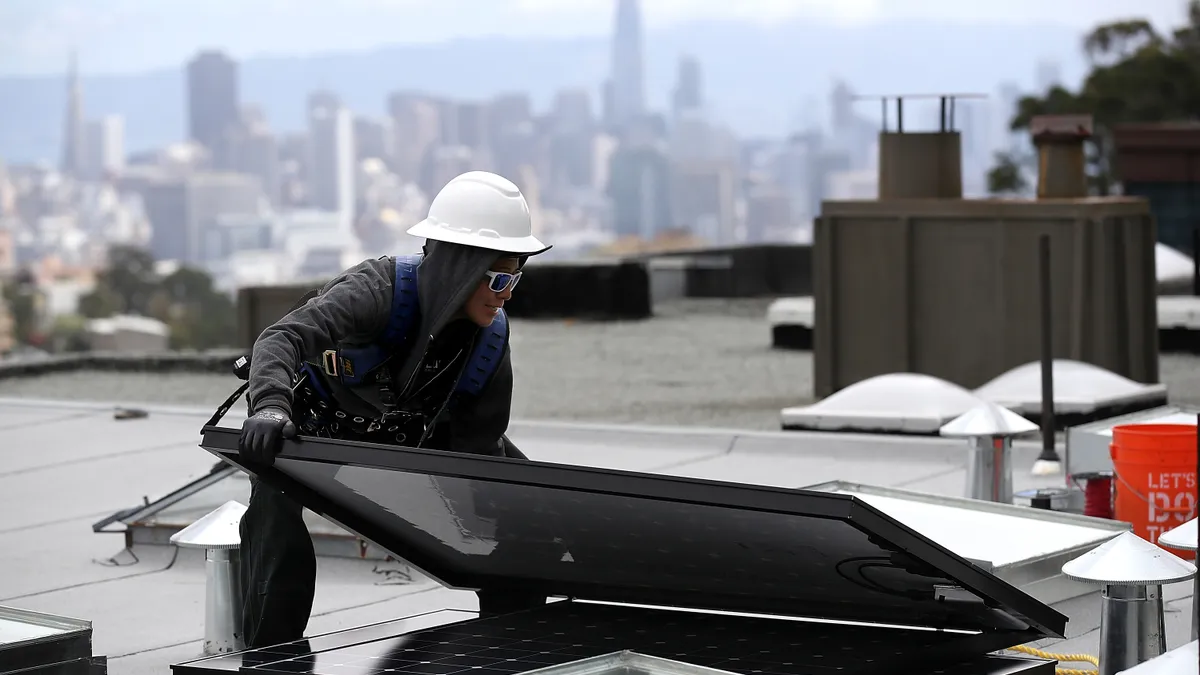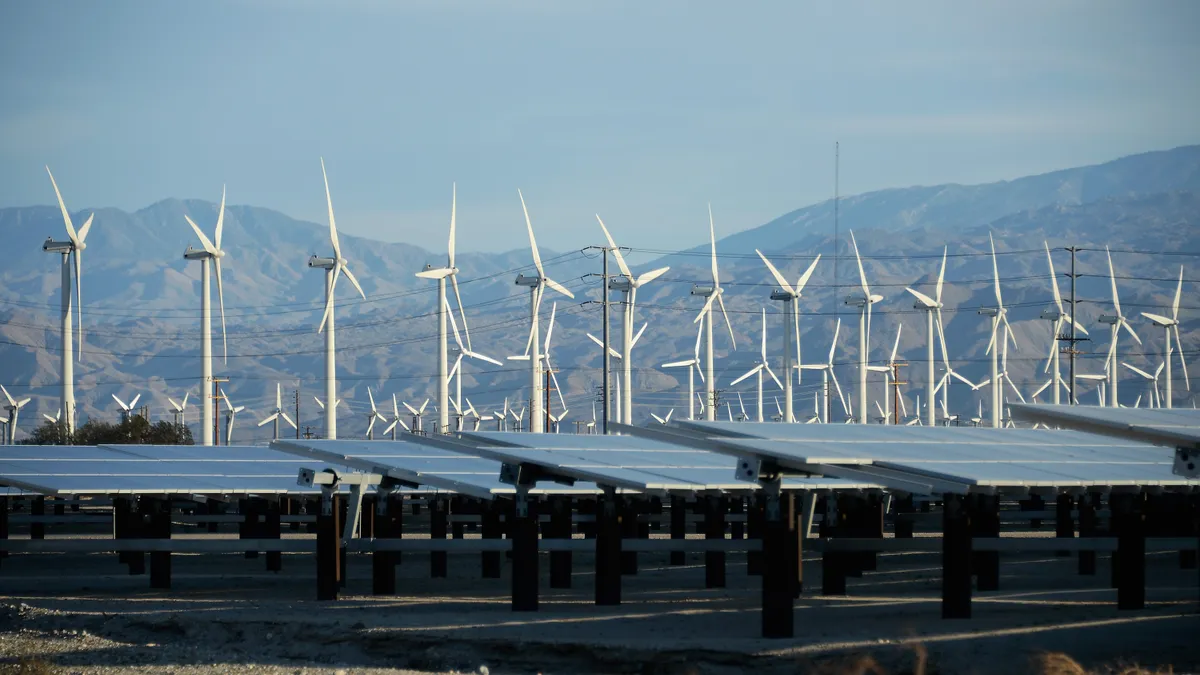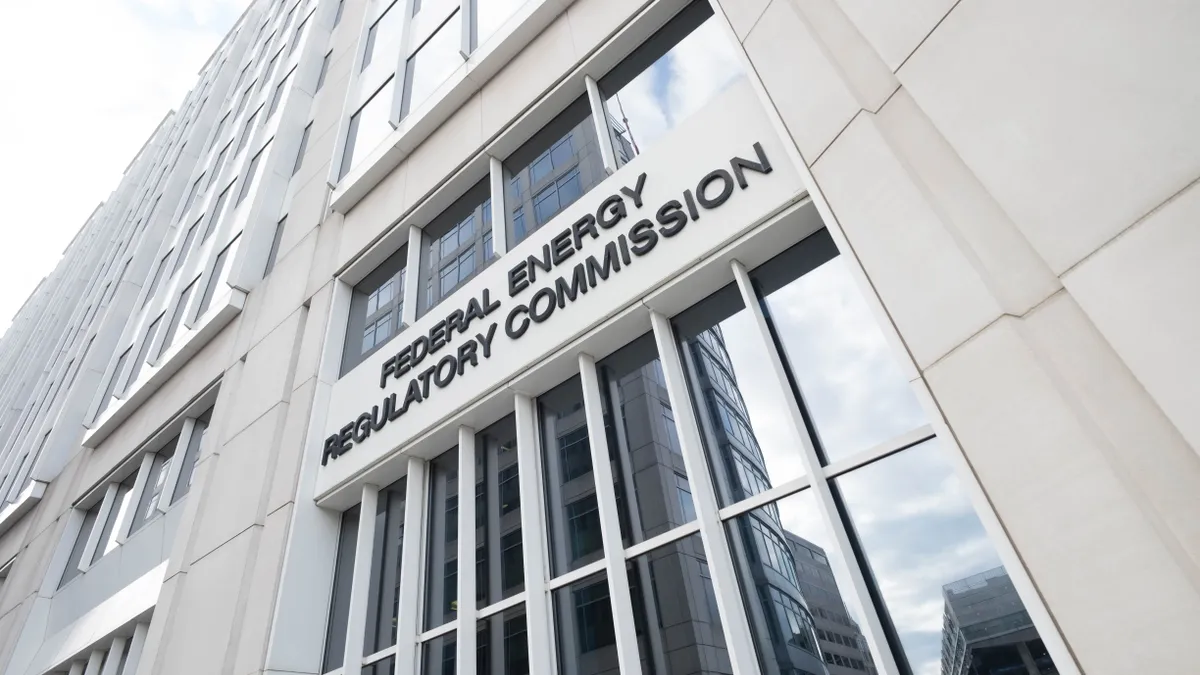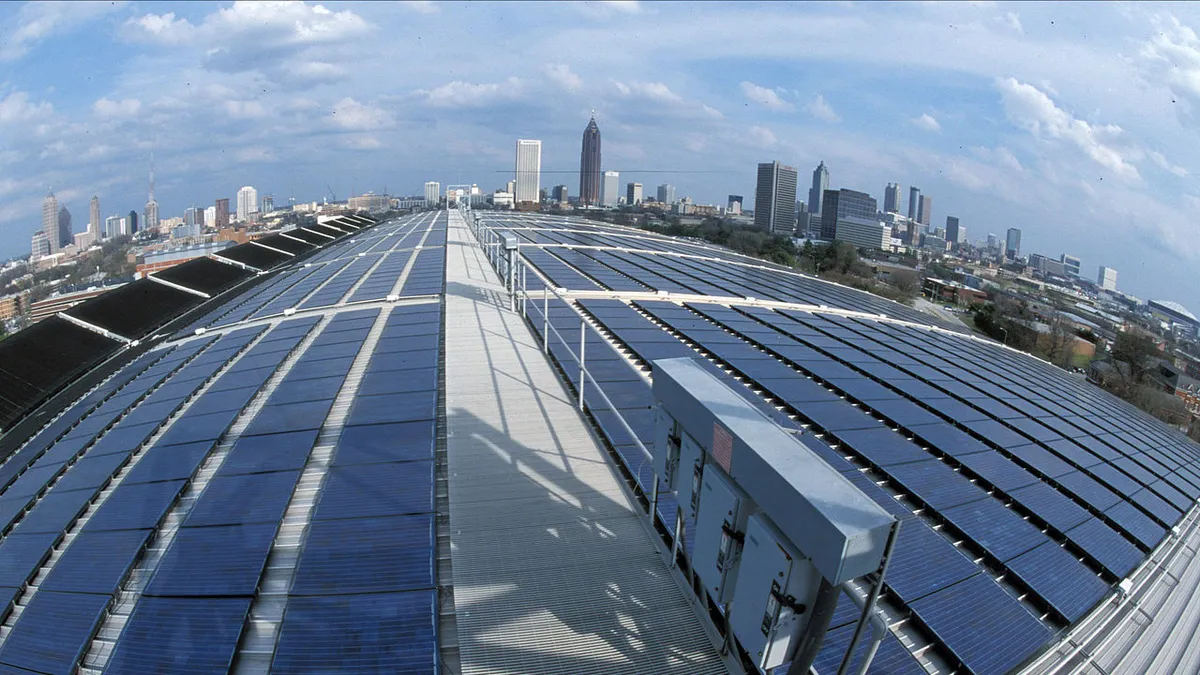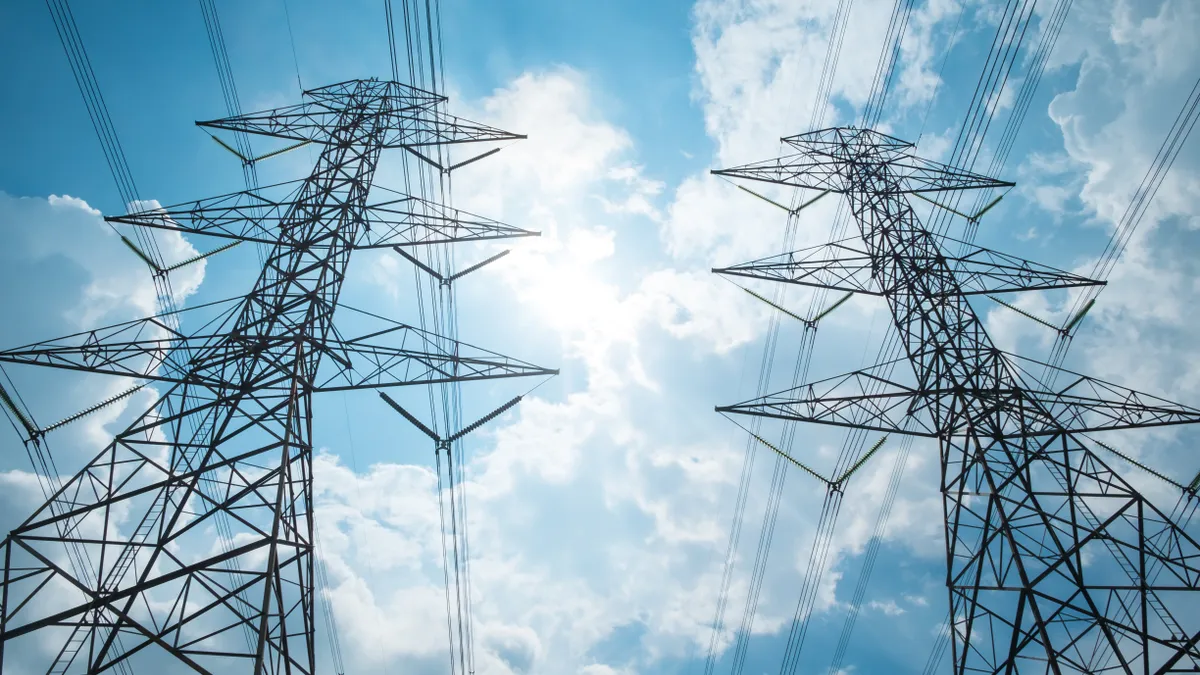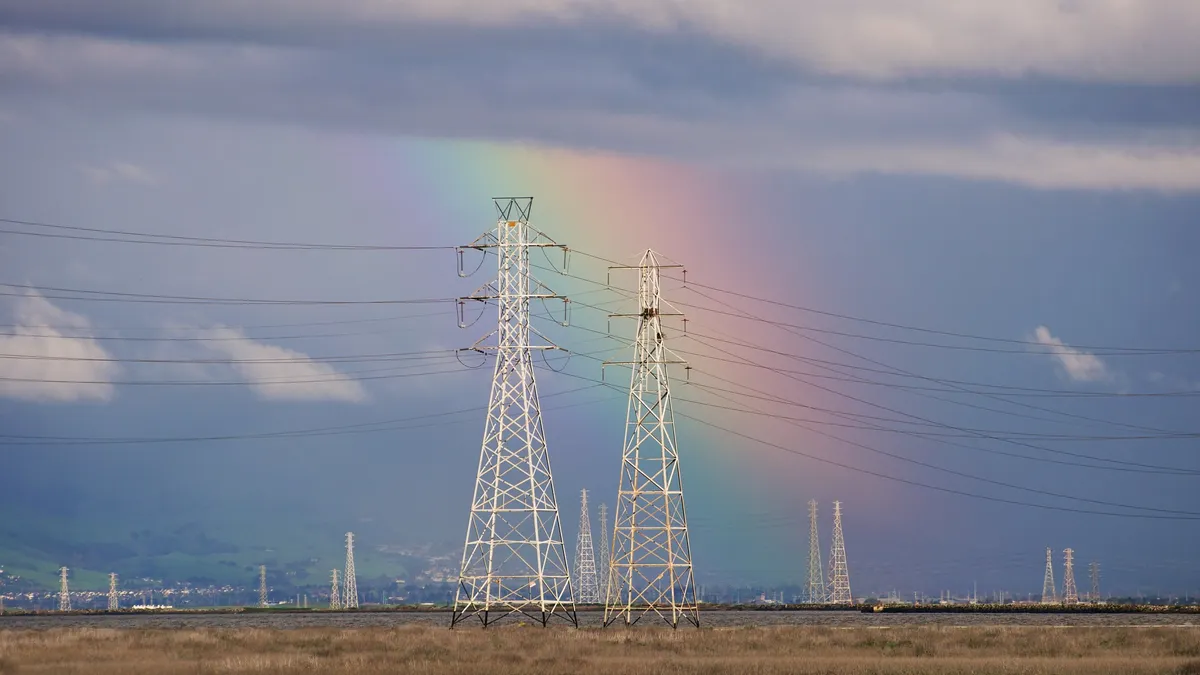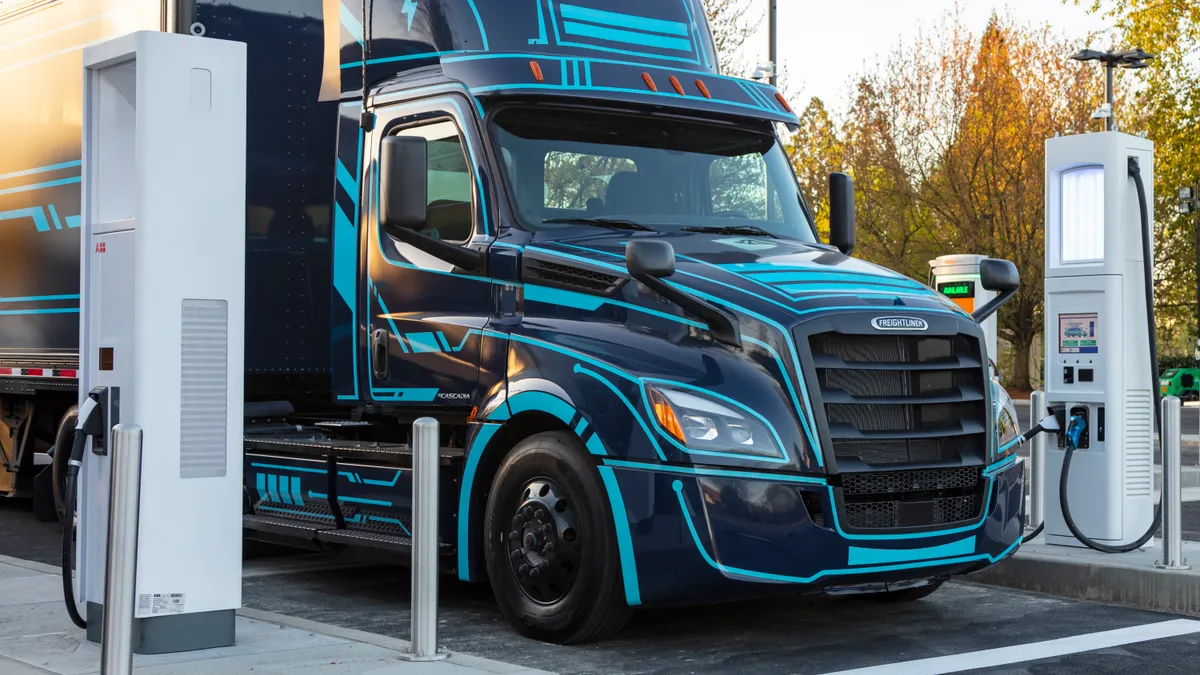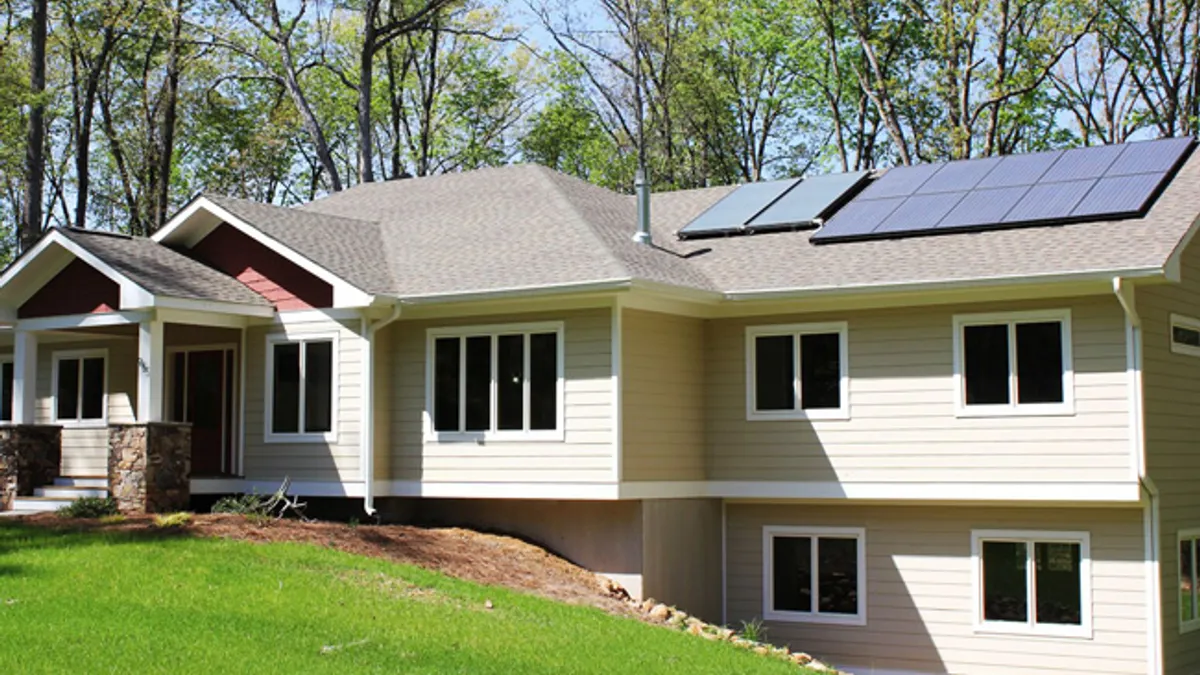Distributed Energy: Page 13
-
California approves $11.7M vehicle-to-grid pilots in PG&E footprint
The programs will support the build-out of bidirectional charging equipment, which regulators say can provide broader resiliency benefits.
By Kavya Balaraman • Updated May 6, 2022 -
New York adjusts standby, buyback rate methodologies, sweetening value proposition for NYC storage
"We expect that the rates that result from this methodology will have significantly reduced fixed charges that will improve the value for storage," Advanced Energy Economy's Danny Waggoner said.
By Robert Walton • March 24, 2022 -
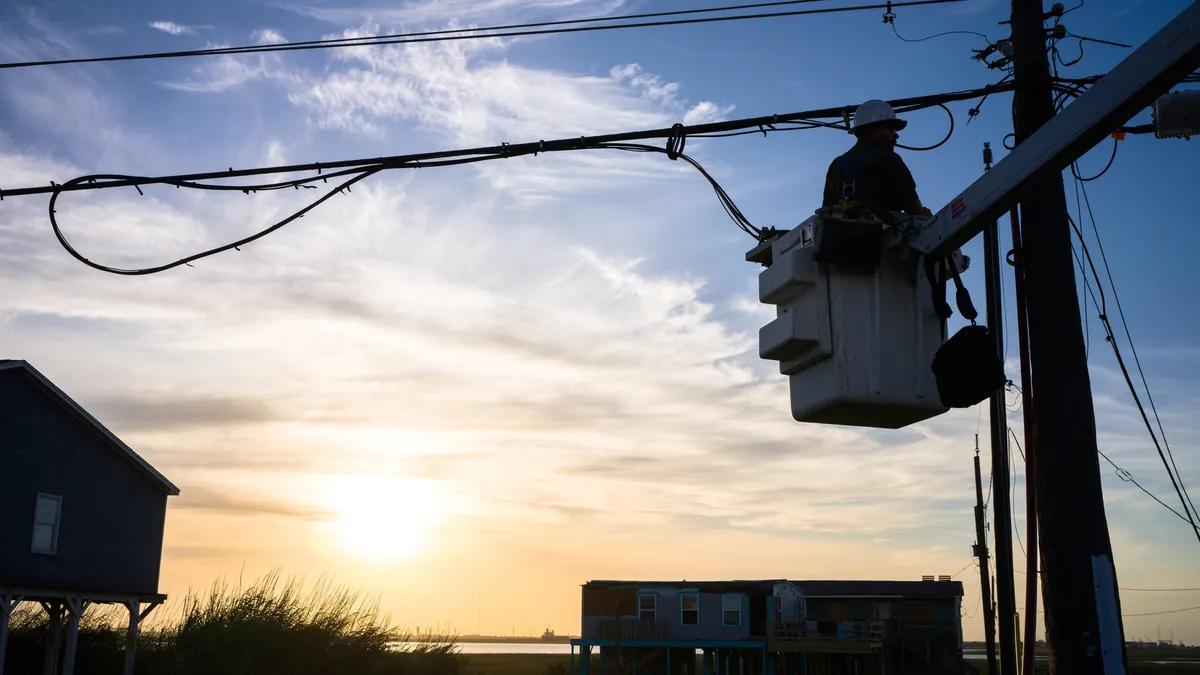 Explore the Trendline➔
Explore the Trendline➔
 Brandon Bell/Getty Images via Getty Images
Brandon Bell/Getty Images via Getty Images Trendline
TrendlineAI in the Power Sector
Artificial intelligence is uniquely positioned to impact the electricity industry from both ends: as the technology driving large load demand growth and as a tool with the potential to make the power system more efficient.
By Utility Dive staff -
Sponsored by XENDEE
Countering the duck curve: How microgrids and DERS can reduce demand spikes
Determine the best technology and investment timeline to diminish peak usage and deliver the best returns.
By Dr. Zack Pecenak, Lead Engineer at XENDEE; Dr. Michael Stadler, Chief Technology Officer at XENDEE; Muhammad Mansoor, University of California San Diego • March 21, 2022 -
Florida passes net metering bill that will gut rooftop solar, advocates say, as they call for a veto
The bill, widely supported by utilities, would "throttle" customer-owned solar in the state, according to distributed energy advocates.
By Iulia Gheorghiu • March 8, 2022 -
Opinion
How to reform net energy metering the right way
Economist Ahmad Faruqui proposes a path for California's NEM reform that he says would realize the goals of utilities without sacrificing the state's rooftop solar market.
By Ahmad Faruqui • March 4, 2022 -
Opinion
California's utilities are not out to kill rooftop solar
Existing residential solar has significantly contributed to California's decarbonization commitments, but going forward, the state should fulfill its future commitments in a more efficient, least-cost manner, the author writes.
By Robert Borlick • March 2, 2022 -
Sponsored by Virtual Peaker
Can DERMS save the world?
DERMS play a pivotal background role in helping to balance the grid, increasing efficiency and reliability for consumers and utilities while reducing their carbon footprint.
Feb. 28, 2022 -
Nevada tops new CUB state ranking on utility affordability, reliability, environmental responsibility
The ratepayer watchdog group aims to chart utility performance through the energy transition using state ranking reports.
By Ethan Howland • Feb. 14, 2022 -
Opinion
California's omission of community solar from distributed energy policies is shortsighted
Community solar can make moot the controversies surrounding behind-the-meter solar and enable new approaches that can maximize societal value for all Californians, the authors write.
By Anna Brockway and Duncan Callaway • Feb. 8, 2022 -
Opinion
Distributed energy is poised to take center stage in 2022, but policymakers and regulators must step up
DERs participate in wholesale and retail markets today almost exclusively as emergency capacity. If this trend continues, it will limit the earnings potential of customers and the reliability of the grid, the author writes.
By Ben Hertz-Shargel • Feb. 4, 2022 -
PJM's plan to open markets to aggregated distributed energy resources seen as 'good first step'
Advanced energy trade groups are encouraged but still see barriers in the grid operator’s proposal for full market participation of aggregated DERs starting in 2026.
By Ethan Howland • Feb. 3, 2022 -
Opinion
California utilities' brazen plan to kill rooftop solar
California's proposed net metering update greatly exaggerates what rooftop solar owners should pay for use of the grid and ignores the environmental benefits that rooftop solar provides, the author writes.
By William Schulze • Feb. 1, 2022 -
Deep Dive
Breakthroughs in generation and system integration are driving the utility of the future, analysts say
The new technologies will reverse the supply-demand equation and bring competitive procurement and a transaction platform to merge the bulk power and distribution systems.
By Herman K. Trabish • Jan. 31, 2022 -
California regulators delay vote on NEM proposal 'until further notice'
Regulators plan to hold oral arguments on the controversial proposed decision before moving forward.
By Kavya Balaraman • Jan. 27, 2022 -
2022 Utility Dive Outlook
Utility Dive examines priorities, expectations and trends for three key subjects — FERC, rate design and renewable energy — along with a broader roundup of some of the U.S. power sector trends to watch in the year ahead.
Jan. 24, 2022 -
Deep Dive
2022 Outlook: FERC expected to prioritize transmission, power markets and gas infrastructure
With a new Democratic majority, observers expect Chairman Glick will move quickly on an agenda that could facilitate the energy transition.
By Ethan Howland • Jan. 19, 2022 -
Deep Dive
2022 Outlook: A new recognition is coming of rate design’s critical role in the energy transition
More precise time-varying rates, technology-neutral rates for distributed energy resources, and new ways to use smart technologies could make for a cleaner, lower cost, more reliable power system, analysts said.
By Herman K. Trabish • Jan. 19, 2022 -
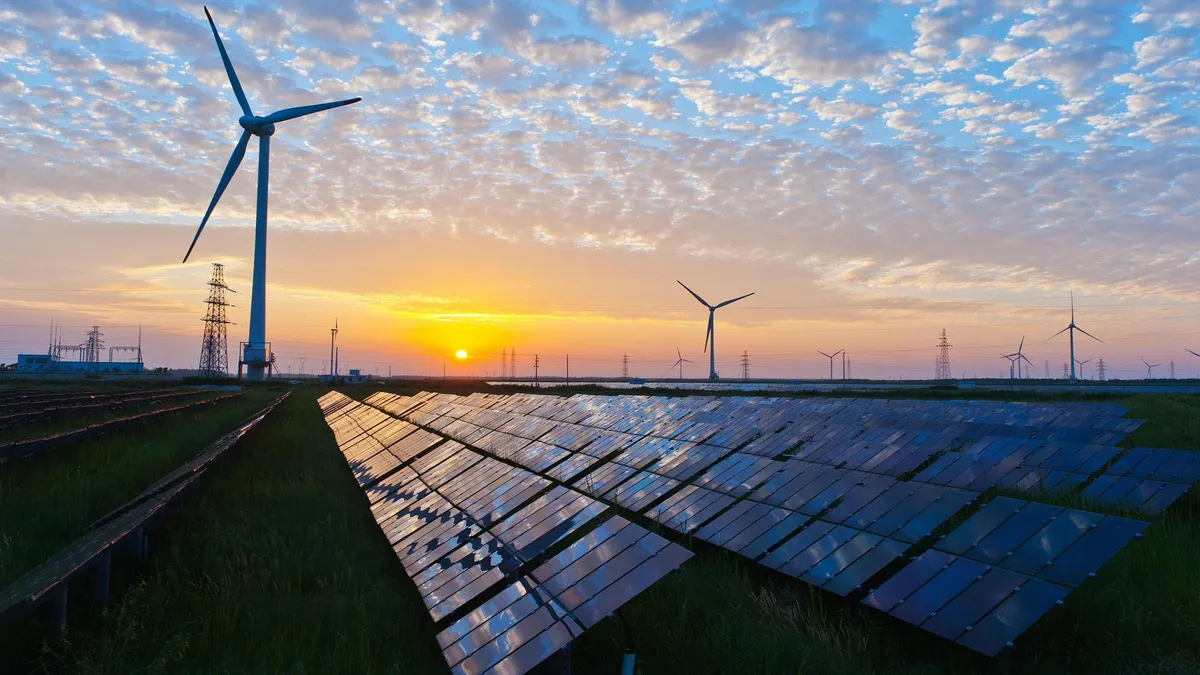
 Retrieved from Pixabay on January 18, 2022
Retrieved from Pixabay on January 18, 2022 Deep Dive
Deep Dive2022 Outlook: Top US power sector trends to watch
The Biden administration entered 2022 with some key strengths and significant challenges to implementing its clean energy agenda, but states, companies and others are continuing to advance the energy transition.
By Kavya Balaraman, Ethan Howland, Robert Walton and Iulia Gheorghiu • Jan. 18, 2022 -
Data centers, EVs drive PJM's long-term load growth forecast, but it expects some utilities to see declines
However, the grid operator on Friday trimmed its forecast for its next capacity auction year by 0.5%, reflecting slower than expected load growth.
By Ethan Howland • Jan. 4, 2022 -
Deep Dive
Duke, SCE, other grid modernization proposals faced big cost questions, more regulator scrutiny in 2021
Regulators facing new climate and reliability urgencies and nearly 500 grid modernization proposals are more often favoring phased advances toward a smarter system.
By Herman K. Trabish • Jan. 4, 2022 -
Component shortages hit EVs as Class 8 orders plummet
While a traditional truck needs up to 500 semiconductors, an electric one could require up to 5,000.
By Amanda Loudin • Dec. 14, 2021 -
California's proposed net energy metering update could hit distributed solar hard, industry warns
The solar industry said the changes proposed by the California Public Utilities Commission — including reducing monthly savings and adding new fees — would put rooftop solar out of reach for millions of the state's residents.
By Kavya Balaraman • Dec. 14, 2021 -
Deep Dive
New York’s landmark Reforming the Energy Vision framework remains both vital and unfinished, analysts say
New York's REV initiatives have given full value to distributed energy resources, but the utility business model transformation must be finished, regulators and other stakeholders agreed.
By Herman K. Trabish • Dec. 9, 2021 -
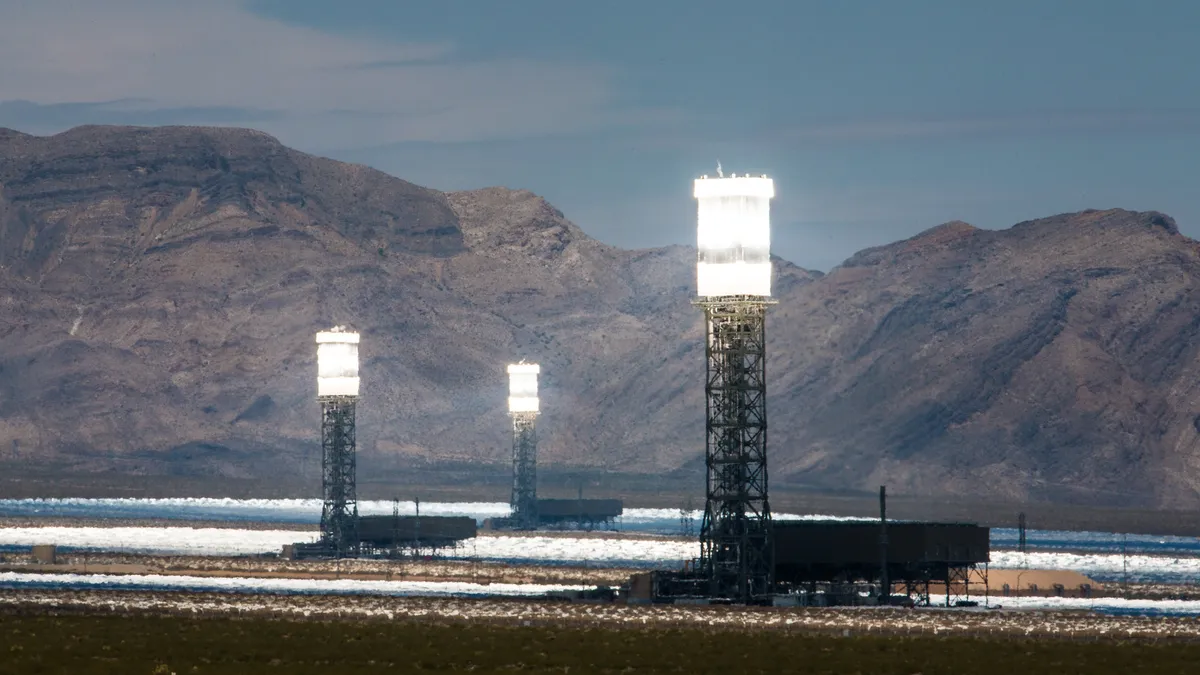
 Schroeder, Dennis. (2017). "Ivanpah Solar Project". Retrieved from NREL.
Schroeder, Dennis. (2017). "Ivanpah Solar Project". Retrieved from NREL.
Nuclear and carbon capture companies seek $20B as DOE revives loan program
DOE loan office head Jigar Shah said he would like the office to issue at least $2 billion in loans for key emerging sectors, such as battery recycling and "green" hydrogen.
By Ethan Howland • Dec. 8, 2021 -
Duke net metering agreement with renewables advocates expected to increase North Carolina solar adoption
Clean energy advocates expect the proposed rates, similar to a Duke plan approved in South Carolina, to expand the distributed solar market for homeowners and businesses.
By Iulia Gheorghiu • Dec. 1, 2021



